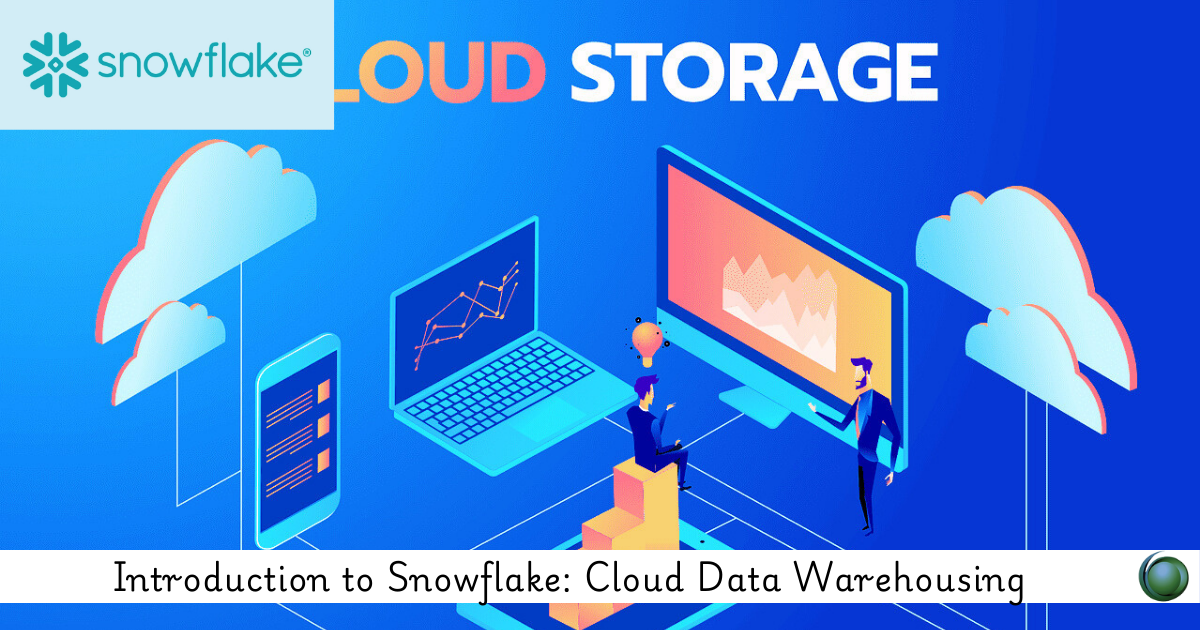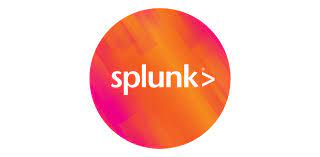Description
Introduction of Snowflake Fundamentals
Snowflake is a modern cloud data warehousing solution designed to handle large-scale data processing, analytics, and storage. Built for the cloud, Snowflake provides high scalability, performance, and flexibility, enabling organizations to analyze structured and semi-structured data efficiently. This course introduces the fundamentals of Snowflake, its architecture, key features, and how it compares to traditional data warehouses. By the end of this course, you will understand how to set up and manage Snowflake for effective data warehousing and analytics.
Prerequisites
- Basic knowledge of databases and SQL.
- Familiarity with cloud computing concepts.
- Understanding of data warehousing principles is helpful but not required.
Table of Contents
1. Introduction to Snowflake
1.1 Overview of Cloud Data Warehousing
1.2 What is Snowflake? Key Features and Benefits
1.3 Snowflake vs. Traditional Data Warehouses
2. Snowflake Architecture
2.1 Cloud-Native Design: Multi-Cluster Shared Data Architecture
2.2 Compute, Storage, and Services Layers
2.3 Scalability and Performance Optimization
3. Getting Started with Snowflake
3.1 Setting Up a Snowflake Account
3.2 Navigating the Snowflake UI and Web Interface
3.3 Understanding Virtual Warehouses
4. Data Loading and Management
4.1 Supported Data Formats in Snowflake
4.2 Loading Data from Cloud Storage (AWS, Azure, GCP)
4.3 Best Practices for Data Ingestion
5. Snowflake SQL Essentials
5.1 Writing Queries in Snowflake(Ref: Mastering Snowflake for Data Engineering and Analytics)
5.2 Working with Tables, Views, and Schemas
5.3 Handling Semi-Structured Data (JSON, Parquet, Avro)
6. Performance Optimization in Snowflake
6.1 Automatic Query Optimization Features
6.2 Best Practices for Query Performance Tuning
6.3 Using Caching for Faster Query Execution
7. Security and Access Control
7.1 User Roles and Access Permissions
7.2 Data Encryption and Security Features
7.3 Compliance and Governance in Snowflake
8. Snowflake Integration and Connectivity
8.1 Connecting Snowflake with BI Tools (Tableau, Power BI)
8.2 Snowflake and ETL Tools (Informatica, Talend)
8.3 REST API and Snowflake Connector for Python
9. Advanced Features of Snowflake
9.1 Time Travel and Data Recovery
9.2 Cloning and Zero-Copy Cloning
9.3 Multi-Cloud and Cross-Region Replication
10. Monitoring and Managing Snowflake Workloads
10.1 Query Performance Monitoring
10.2 Cost Management and Resource Optimization
10.3 Automating Workflows with Snowflake Tasks
11. Use Cases and Real-World Applications
11.1 Snowflake for Data Warehousing and Analytics
11.2 Real-Time Data Processing with Snowflake
11.3 Case Studies and Industry Examples
12. Conclusion and Next Steps Snowflake Fundamentals
12.1 Key Takeaways from the Course
12.2 Learning Resources for Further Exploration
12.3 Future Trends in Cloud Data Warehousing
Snowflake has revolutionized cloud data warehousing by providing a scalable, flexible, and high-performance platform for managing and analyzing data. By mastering Snowflake’s core functionalities, businesses can enhance their data analytics capabilities while optimizing costs and resources. This course has introduced key concepts, architecture, data management, security, and integration techniques to help you get started. As organizations increasingly adopt cloud-based data solutions, Snowflake remains a leading choice for modern data warehousing.







Reviews
There are no reviews yet.